Passover - A Guide to the Famous Holiday
The Jewish festival of Passover, arguably is one of the most important events in the annual calendar, up at the top of the ‘must celebrate’ with Rosh Hashanah (the Jewish New Year) and Yom Kippur (the Day of Atonement). One of the three biblically-ordained pilgrimage festivals (along with Shavuot and Sukkot), it is widely celebrated, both in Israel and across the globe, by Jews.
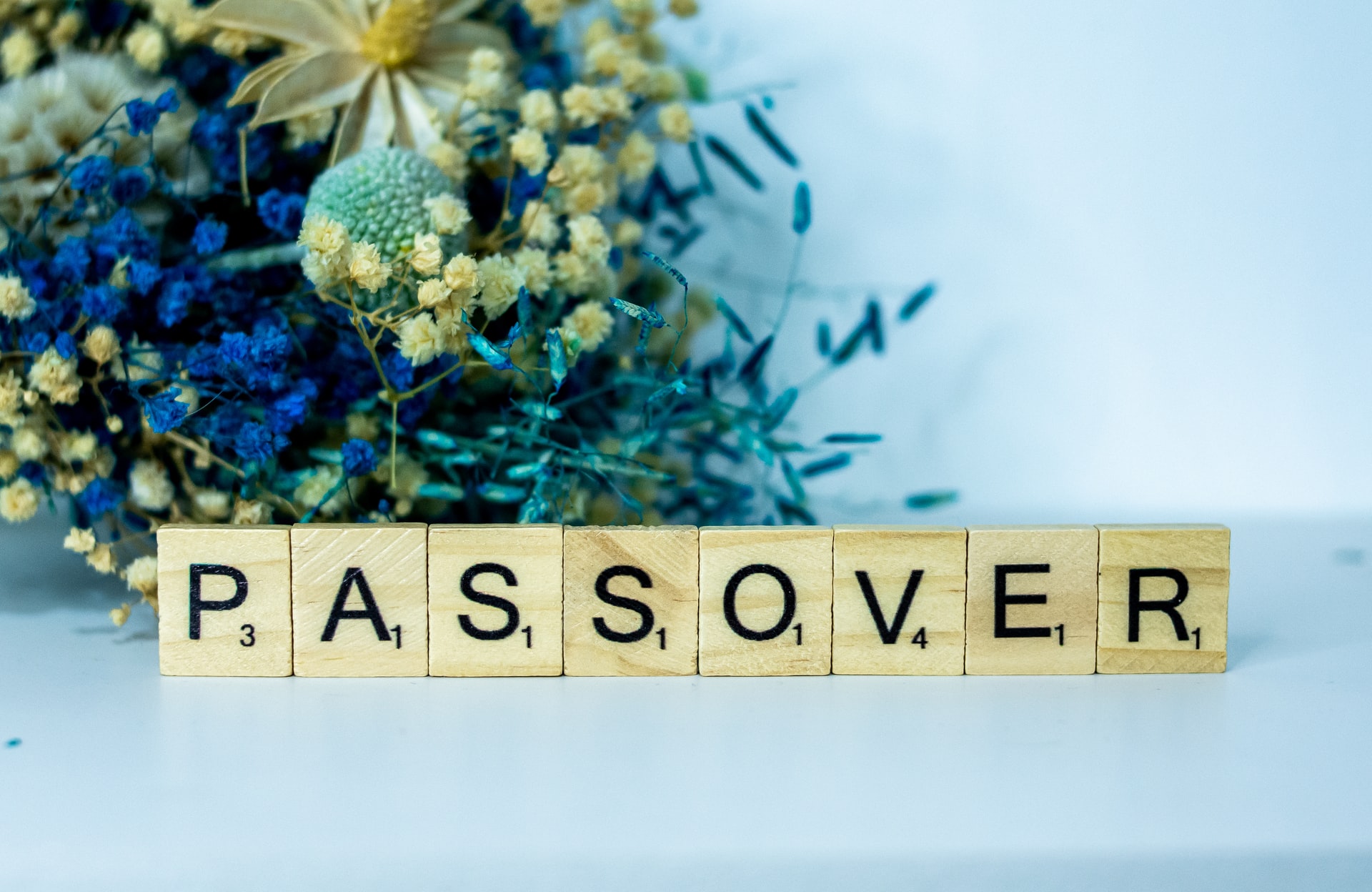
The word Passover. Photo by Alex Shute on Unsplash
It has an extraordinary history too - the backdrop for the festival is centered around the story of God, Moses, and the Pharaoh (as told in the Book of Exodus, in the Hebrew Bible) and the Israelites' miraculous escape from slavery in Egypt - possibly the most monumental event in Jewish history. Passover takes place each year on the 15th day of the month of Nissan which, according to the solar-lunar Jewish calendar, falls between March and April.Etymology of Pesach. What is Passover?
The origin of the word Passover can be traced back to the Hebrew term ‘Pesach’ which means to omit or to ‘pass over.’ The word ‘Passover’ also refers to the story in the book of Exodus (see below) where God’s tenth plague killed the firstborn son in every home in Egypt. However, Israelites were exempt from this, with God ‘passing over’ their homes.
And how did God know whose homes to ‘pass over?’ Because the night before the Israelites fled Egypt, they sacrificed a paschal lamb, then marked their doorposts with its blood, as a sign to God that he should spare their children.
In ancient times, in Jerusalem, an animal would always be sacrificed before Passover (either a lamb or a goat) in the courtyard of the Temple. Only those who were circumcised could take part in the ritual and, once sacrificed, the priest would collect the blood. Modern attempts to revive this tradition in Israel have not been particularly successful, especially because of concern about cruelty to animals.
In Latin, Passover means ‘Pascha’, which refers to the crucifixion, death, and resurrection of Christ, and - in fact - the Last Supper, held by Jesus in Jerusalem. As he knew that this was the last meal he would ever share with his disciples, he used elements of the Passover meal, which later became symbols of his death.
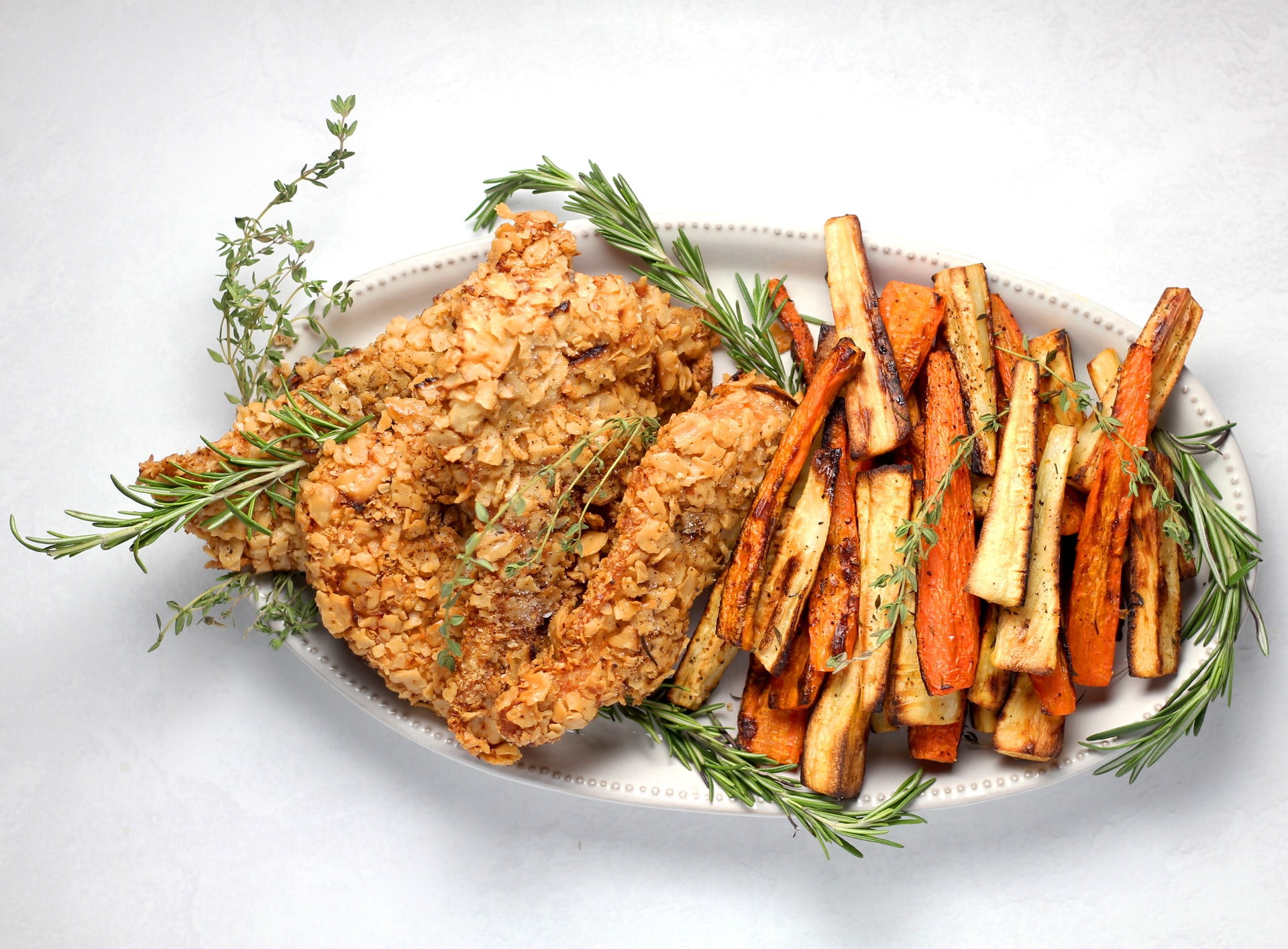
Matzoh-crusted chicken for Passover. Photo by Sheri Silver on Unsplash
The Story of Passover in the Hebrew Bible
The story of the Passover is recounted in the book of Exodus, the second book of the Hebrew Bible. After Joseph (he of the multi-colored coat) went to Egypt, his father Jacob and his brothers moved there to be close to him. However, once Joseph died and a new Pharaoh came to the throne, distrust of the Israelites grew.
The Egyptians’ answer to that was to enslave the Jews, compelling them to carry out backbreaking labor. Still, however, their community continued to grow, which is why Pharaoh commanded all midwives to kill newborn Jewish men. When Moses was born, his mother makes a cradle for him out of bulrushes and placed it in the Nile, where it was found by the Pharaoh’s daughter. The upshot? Moses was raised at the palace.
However, as he grew older, he came face to face with oppression when he saw an Egyptian beating an Israelite. In a moment of fury, he kills him, then flees to Midian. Whilst herding a flock of sheep, he stumbled on a burning bush and it was here that God spoke to him, commanding him to go to the Pharaoh and tell him ‘Let My People Go” and promising Moses that, eventually, he and the Jewish people will find themselves in the Promised Land.
After Pharoah turned his heart to stone, God sent ten plagues - including frogs, pestilence, locusts, and boils - to smite the Egyptians, but the Israelites are still not freed. Finally, God instructed the Israelites to make an offering - a slaughtered lamb, whose blood should be sprinkled on every one of their doorposts. The tenth plague - killing the firstborn in every home - was enacted, but the Israelites were spared.
Finally, Pharoah relented, telling the Jews to leave, and so they did. But because they left in such haste, there was no time for their dough to rise, which is why they took only matzah. Fleeing, with the Pharaoh and his troops still behind them, they were trapped at the Red Sea. At that moment, Moses lifted his staff and the waters parted, letting the Israelites pass through, en route to freedom. As the waters closed over the pursuing Egyptians, drawing them, the Israelites sang a song of gratitude for their deliverance.
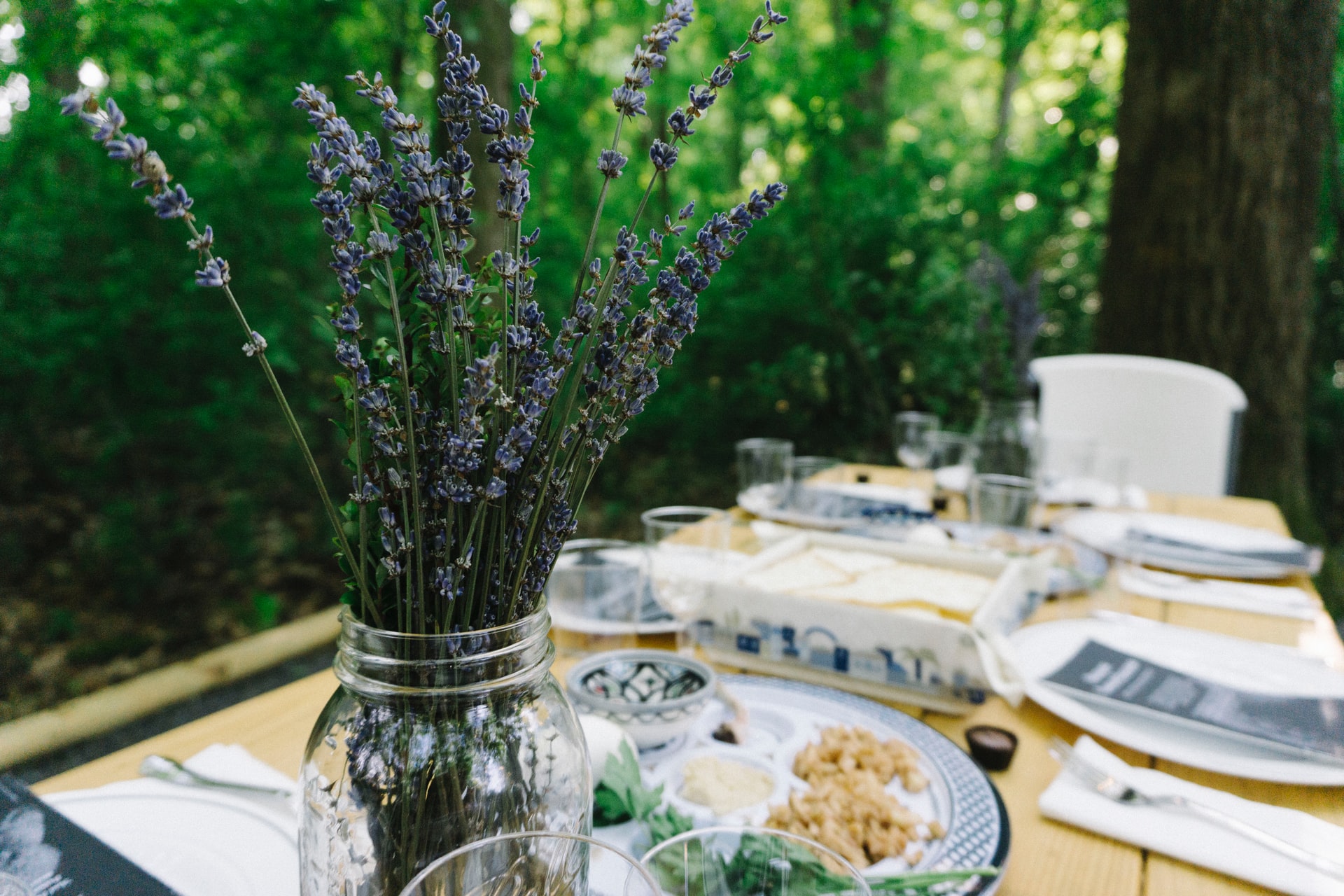
The Seder table. Photo by Phil Goodwin on Unsplash
Passover Today. How long does Passover last?
This is an interesting question and, believe it or not, it depends on where you are in the world. In Israel, Passover lasts for 7 days whereas in the diaspora (all of the Jews who live outside the Holy Land) conservative and orthodox Jews add on an extra day. This is because, historically, the Hebrews’ months began with a new moon. In Israel, this was easy to ascertain but communities further away were always a little more uncertain. Therefore, they adopted the practice of adding another day, just in case their calculations were wrong.
What are some of the important rituals involved with Passover?
Let’s start with the cleaning of one’s house from top to bottom, to ensure that every last particle of leavened food (‘chametz’ in Hebrew) is removed - from the kitchen to the salon to the bedroom. Any substance which has flour in it has to be discarded - this includes bread, flour, baking powder, cereals, dried pasta, etc.
The cleaning out of chametz before Passover is often used as an excuse for a big spring clean, in Jewish homes, and may begin a good week before the festival commences. In orthodox Jewish homes, all existing plates, dishes, and cutlery are also packed away, and others specifically designed for Passover are brought out.
Discarding and Burning Chametz
It is common for children to get involved in the whole process, especially on the last night before the festival begins, when - according to tradition - the family carries out ‘bdikat chametz’. Using a feather, a spoon, and a candle, they search for any last crumbs - some very observant Jews place ten small pieces of bread around the house so that the search should have a strategic purpose.
The next day, all chametz that has not been thrown away is discarded and, in some communities, burned, whilst reciting a blessing. If you are visiting Israel and in Jerusalem, it is possible to observe this ritual in many Jerusalem neighborhoods, especially the ultra-orthodox area of Mea Shearim.
Baking matzah on the day before Pesach. Photo by avitalchn on Pixabay
Using special utensils and cutlery over Passover
Special utensils are used over Passover - plates that are kept packed away the rest of the year. This is because, in daily use throughout the year, regular pots and pans in the kitchen have absorbed chametz through cooking. Observant Jews will also ‘kasher’ their kitchen before the festival, to make it kosher for Passover.
Eating Matzah
One of the most important rituals involved in Passover is the eating of matzah and it is fair to say that this unleavened flatbread forms an integral part of the holiday experience! As the Torah (the first five books of the Hebrew Bible) recounts, God commanded the Israelites to eat only unleavened bread for seven days during the festival.
There is also a symbolic reason for the eating of matzah - it represents redemption and freedom. It is also ‘lechem oni’ (poor man’s bread) and so it teaches Jews to remain humble and not forget the pain of their servitude.
Matzah and many other goods that are labeled ‘kosher for Passover’ are all easily obtainable in Israel, beforehand. The day before the holiday begins, all bakeries (and some restaurants) will close for a week and, outside of Tel Aviv, restaurants that remain open will only be serving food that is considered kosher for Passover (i.e. nothing made with flour).
Haggadah, the Jewish text that determines the order of the Passover Seder. Photo by Ri_Ya on Pixabay
Greetings at Passover
There are different greetings you can use in Hebrew, at this time of the year. One is ‘chag sameach’ which means ‘happy holidays.’ (and you can use this for any of the Jewish holidays). The second is ‘chag Pesach kasher vesameach” ’ which means ‘have a kosher and joyous Passover.’ Ashkenazi Jews whose parents grew up speaking Yiddish may often say ‘Gut yom tov’ (the last word often sounding like ‘yontif’), meaning ‘have a good day’ or ‘a zissen Pesach’ meaning ‘have a sweet Passover.’
The Passover Seder
The Passover Seder is a ritual that has been taking place in Jewish communities for thousands of years. It is a holiday that is popular with all - including secular Jews - and, indeed, even in Israel, where many Jews do not identify as religious, the proportion of people attending a seder is as high as 96%.
The table is set beautifully, with a special ‘seder’ plate in its center. Seder, as mentioned before, means ‘order’ in Hebrew because the evening is always conducted in a certain order, set out in the Haggadah - a book which instructs you how to proceed, and which everyone has a copy beside them. On any seder plate you will find a few essential ingredients. These include:
a hardboiled egg (‘beitzah) - this represents both the circle of life and the coming of spring; a shank bone (‘zeroah’) - this represents the Paschal sacrifice before the Jews fled Egypt.
Horseradish (‘maror’) symbolizes the bitterness of slavery; a sweet mix of apples, nuts, cinnamon, and wine (‘charoset’) - when eaten with the maror, it balances out the bitterness and symbolizes optimism; vegetables (‘karpas’) - these should be something other than bitter herbs and represent renewal and hope. They are dipped in saltwater before eating, and this represents the salty tears of slavery.
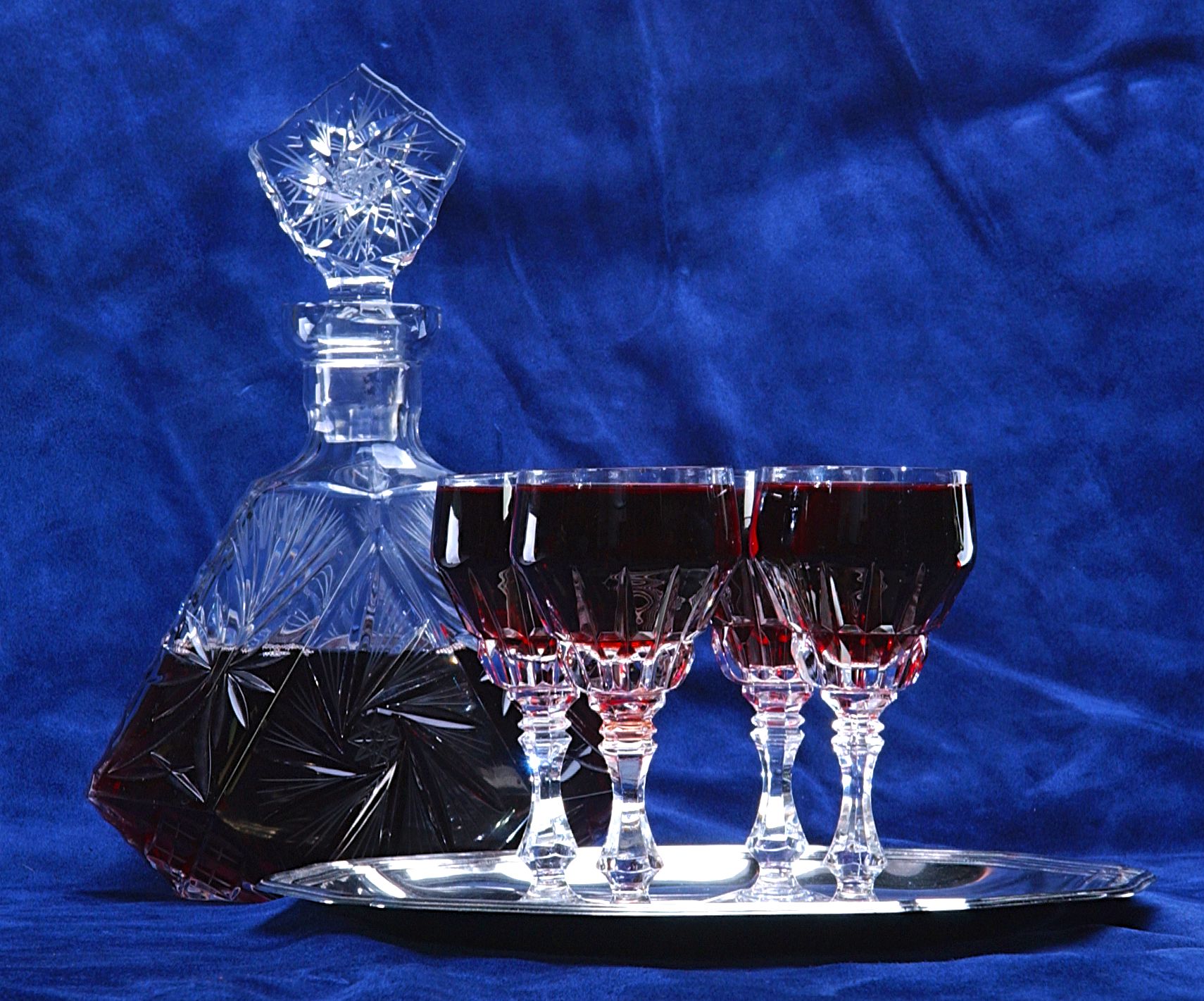
4 cups for Passover. Photo by monove on Freeimages
From Oppression to Liberation
The seder is, literally, the recounting of the story of the Exodus, as told above and concepts such as oppression, slavery, and liberation are at the forefront of the narrative. In fact, the word ‘Haggadah’ in Hebrew means ‘telling’ and, according to Jewish law, Jews are commanded to tell this story. Moreover, they are told that, as they read, they are to imagine that they are slaves themselves, back in Egypt, being liberated from oppression.
Throughout the meal, four glasses of wine are drunk (if you want to stay sober, fill yours just half full!) with blessings over them. Although there is always someone knowledgeable who will lead the seder, it is customary to go round the table in the course of the ritual and let everyone read a few verses.
There is not just reading in the seder but also singing. Traditionally, the youngest person at the table sings ‘Ma Nishtanah’ which asks why this night is different from all other nights. (Click on the link for a lovely rendition of this song, by the ‘Maccabeats’).
Another song that is very popular is ‘Dayenu’ which, literally translated means ‘It would have been enough’ and refers to the ten plagues that God inflicted upon the Egyptians, for not letting the Israelites go. After each plague, Jews explain “if God had stopped there, it would have been enough for us.’ The earliest version of this poem is from a 9th-century Babylonian prayer book!

The Book of Exodus, the second book of the Bible. Photo by Brett Jordan on Unsplash
A third that is always a big hit is ‘Ehad Mi Yodea’ which means ‘Who Knows One?’ It talks of all the things important to the history of Judaism, including the two tablets given to Moshe on Mount Sinai, the five books of the Torah, and the eight days before a baby’s brit milah (circumcision).After the first part of the reading from the Haggadah, everyone enjoys a festive meal and once, sated, resumes the reading. The last song of the evening is ‘Chad Gadya’ (‘One goat’) which is a playful song that children love, written originally in Aramaic and telling the story of a father who purchased a goat for ‘two zuzim’.
One final tradition that we shouldn’t forget is the one that kids love the most - searching for the ‘afikomen’. Early in the seder, a piece of matzah is broken in two and the bigger piece is hidden somewhere in the house. Every child helps search for it and the winner receives something small, like a piece of candy. It’s also a great way of keeping younger attendees interested in what can often be a long evening!
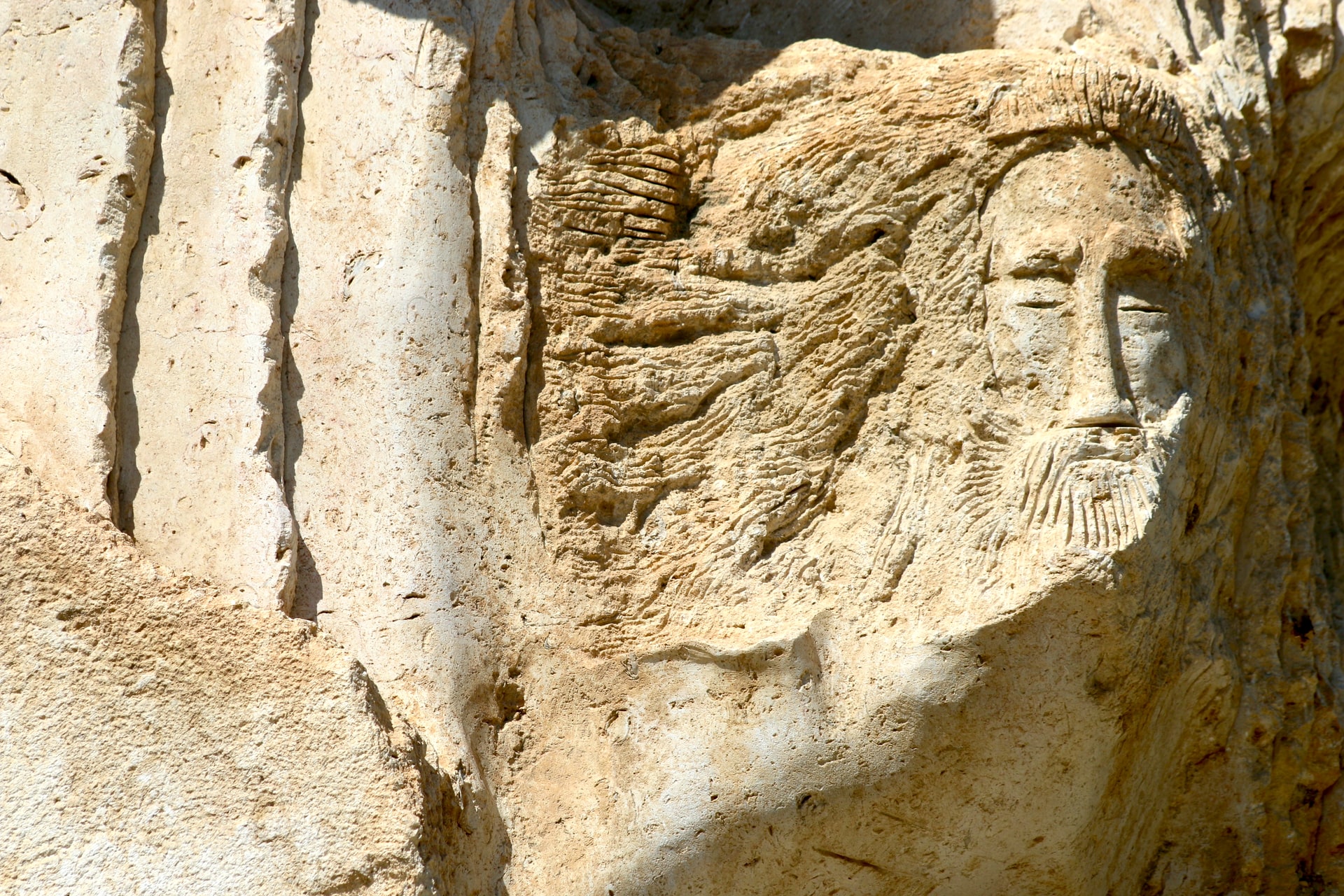
Sculpture of Moses at the entrance of Mt. Nebo, Jordan. Photo by Laura Seaman on Unsplash
What foods are traditionally eaten at the Passover seder?
Every home has their own traditional Passover recipes - Ashkenazi Jews often serve gefilte fish, matzah balls, potato kugel, and brisket; in a Sephardic home, you are more likely to be given seared salmon, lamb shank, and rice with vegetables. Desserts in both homes are often fruit salads or macaroons/biscuits made with almond flour.
Activities Offered Over Passover in Israel
Passover is a holiday that lasts a week and whether you’re a first-time tourist in Israel or a local with kids, there’s plenty going on all over the country. And because only the first and last days of it are religious holidays, that leaves the intermediary period (‘chol ha moed’ in Hebrew) for enjoying yourself.
Many museums in Israel offer free entrance at this time, there are all kinds of performances for children (music and theatre, both indoor and outside) on offer, endless activities set in nature (hiking trails, waterfalls, treks in the Negev desert) and, of course, the beaches and the Mediterranean Sea to take advantage of.
In conclusion, Passover isn’t just an opportunity to remember, it’s an opportunity to enjoy - and if you’d like to take any of our organized day trips or book a private tour of Israel with us, don’t hesitate to get in touch. Passover 2022 falls out at sundown on Friday, April 15. Chag sameach! Happy Passover!

Judean Desert, Israel. Photo credit: © Shutterstock
 Login / Register
Login / Register
 Contact Us
Contact Us

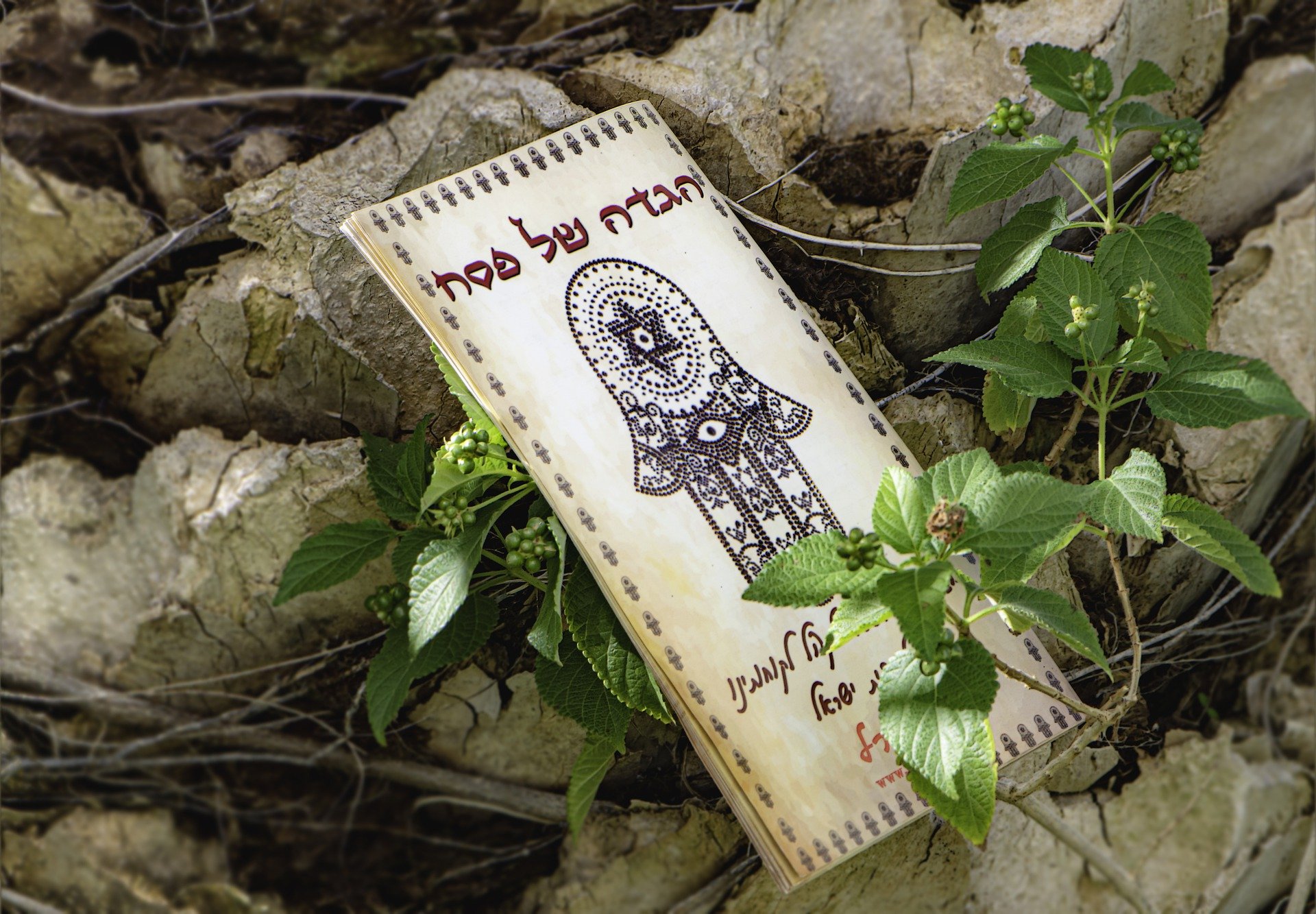
 Certificate of Excellence
Certificate of Excellence Guaranteed Departure
Guaranteed Departure Low Prices Guaranteed
Low Prices Guaranteed 24/7 Support
24/7 Support




